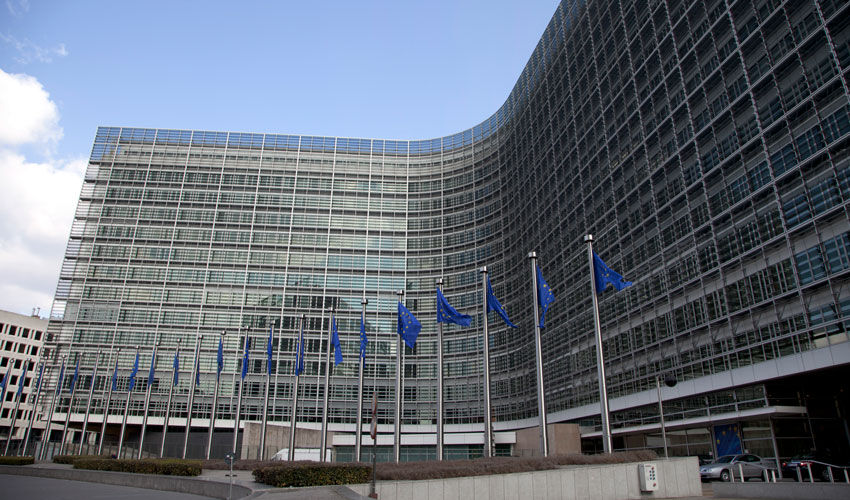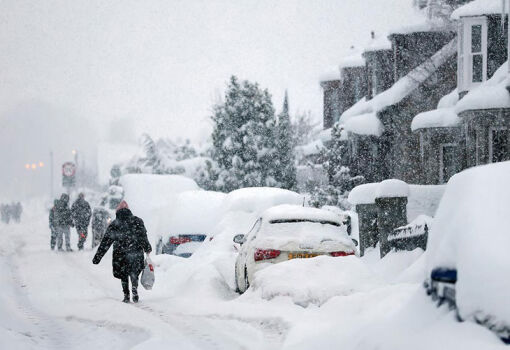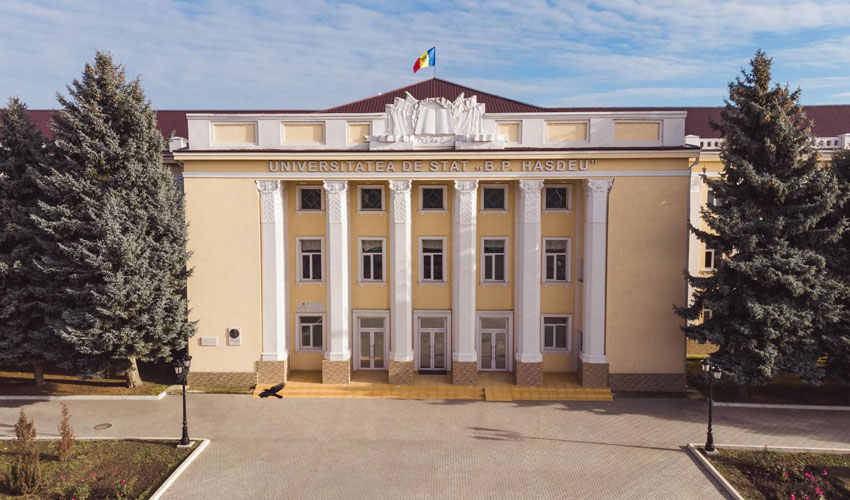
Last week, the European Commission presented its proposal for a multi-year financial plan, as Logos Press has already written about. Its amount is planned at almost 2 trillion euros (or 1.26% of the EU’s gross national income). As noted on the website of the European Commission, this plan will provide Europe with a long-term investment budget in line with its aspirations to become an independent, prosperous, secure and successful society and economy in the next decade.
The EC proposal structures the EU budget in three areas: €865 billion for agriculture, cohesion policy and social affairs, €410 billion for competitiveness, research and innovation, and €200 billion for external action, of which €100 billion for support for Ukraine.
Let us note a few provisions that may be of interest to Moldova in terms of European integration. According to the authors of the draft, EU members will have access to the same amount of funding as today. And for less developed regions, there will be a mandatory minimum amount of funding and a guarantee that they will receive at least as much money as is allocated in the current budget.
A €200 billion Global Europe instrument will be created to simplify the financing of external action. This will allow the EU to increase its support to candidate countries for accession. The new instrument will have a special reserve fund of €15 billion to respond to emerging crises and unforeseen needs.
Agriculture and cohesion will be top priorities. In particular, the Commission will “set aside €300 billion to support farmers”. It will be implemented in a closed loop, including environmental protection measures, investment in farms, support for young farmers and risk management tools. And funding rules will be simplified.
In the European media, the budget prepared by the EC has caused controversy. Thus, Berlin’s Der Tagesspiegel notes:
“Actually, the EU is financed by the contributions of its members, namely according to a set percentage of the GDP volume of a nation state. So far this rate has been 1.1%, and from now on it is planned to be raised to 1.23%. However, national governments have yet to agree to such an increase. How likely is this? After all, they themselves have budgetary problems. In many cases, revenues and expenditures don’t add up.
It is also suggested that the future budget is actually smaller than the current one, despite the fact that a larger figure is presented. Today it stands at €1.2 trillion, while the proposed one is €1.86 trillion. But the problem is that much of the money already planned for the next 7 years are payments on previous debts.
Some countries reproach the European Commission that it intends to reduce the financing of the common agricultural policy by 20-30%, because in fact today this figure is higher.
There is a debate on this issue in the European Parliament’s Agriculture Committee. As well as all other parameters of the long-term budget.













